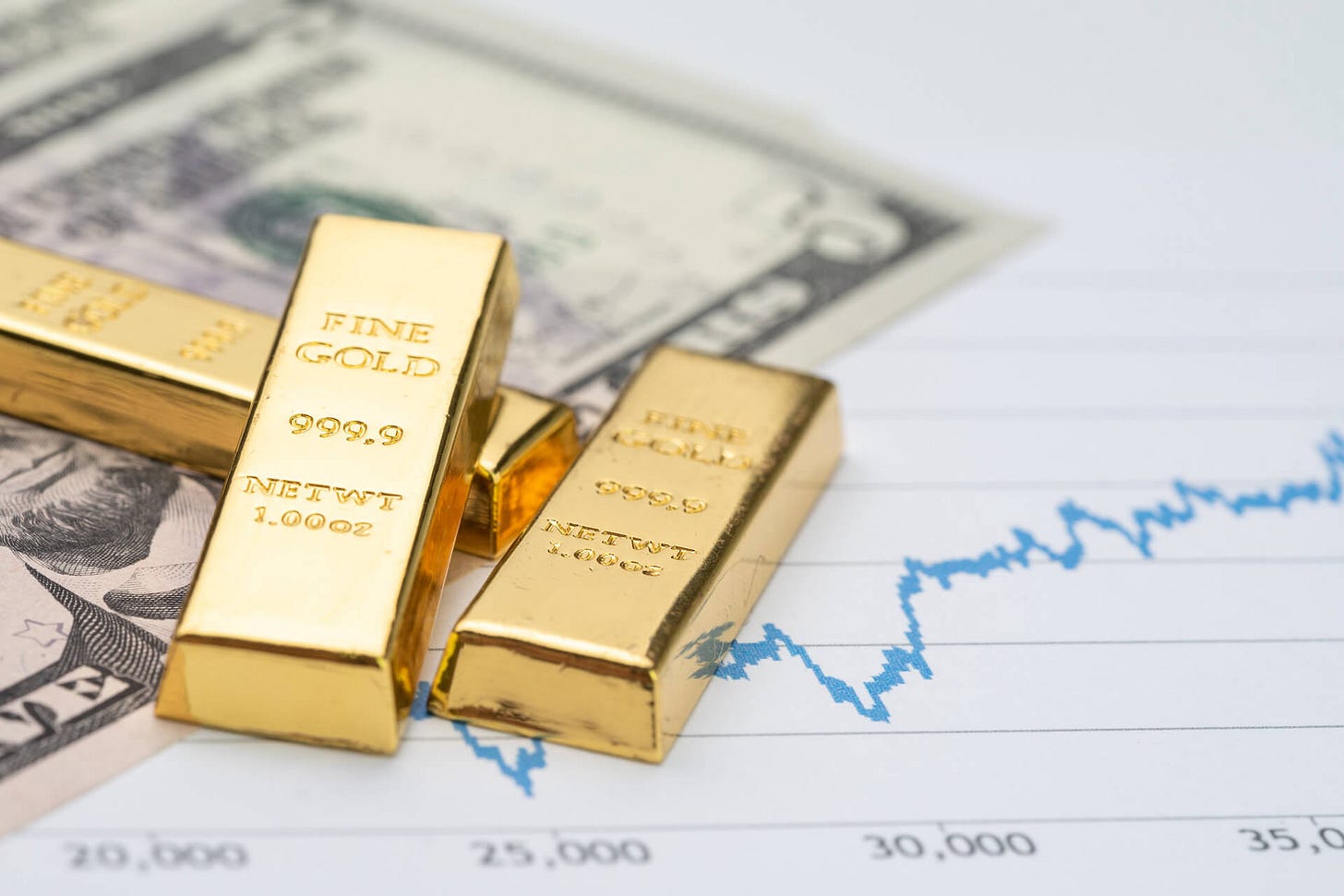Faced With Inflation and the Risk of Recession, Gold Is Bound To Sparkle in the Coming Months.
And this will also apply to Bitcoin.
We have witnessed an accumulation of deficits and debts unprecedented in history over the last two years. To this, we must add a war, the consequences of which, whether human, social or economic, are probably only in their early stages. Only the dazzled or the utopian could believe that this could not have a much more severe and profound impact on globa…
Keep reading with a 7-day free trial
Subscribe to Sylvain Saurel’s Newsletter to keep reading this post and get 7 days of free access to the full post archives.




